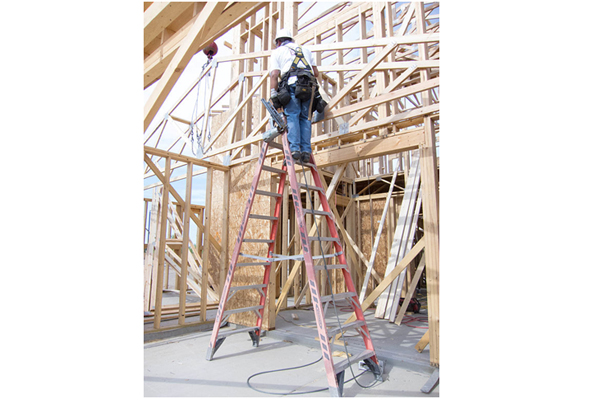|
The Directive Principles and Enforcement of OSH Guidelines in India

Adeesh Sharma
The Constitution of India provides detailed provisions for the rights of the citizens and also lays down the principles in the governance of the country called as “Directive Principles of State Policy”. These Directive Principles provide for securing the safety and health and strength of employees, men and women, that the tender age of children are not abused, that citizens are not forced by economic necessity to enter vocations unsuited to their age or strength (Article 39), just and humane conditions of work and maternity relief are provided (Article 42), that the Government shall take steps, by suitable legislation or in any other way, to secure the participation of employee in the management of enterprises, establishments or other organizations engaged in any industry (Article 43A), for ensuring that no child below the age of 14 is employed to work in any factory or mine or engaged in any other hazardous employment (Article 24).
Occupational Safety and Health is one of the subjects allotted to Ministry of Labour & Employment under the Government of India Allocation of Business Rules. The Industrial Safety and Health branch of the Ministry discharges the overall functions relating to policy decisions and laying down guidelines for countrywide adoption of legislation. On the basis of Directive Principles as well as international instruments the Government of India, Ministry of Labour & Employment, had declared the National Policy on Safety, Health and Environment at Workplace (NPSHEW) on 20th February, 2009 and the policy document has been posted in the website of the Ministry of Labour and Employment and DGFASLI at www.labour.nic.in and www.dgfasli.nic.in respectively.
The purpose of this National Policy is to establish a preventive safety and health culture in the country through elimination of the incidents of work related injuries, diseases, fatalities, disasters and to enhance the well being of employees in all the sectors of economic activity in the country.
The salient features of the Policy are as below:-
• It recognizes safe and healthy working environment as a fundamental human right.
• It aims at enhancing the well-being of the employees and the society at large by eliminating work related injuries, diseases, etc.
• It enumerates the goals to be achieved and brings into focus the objective of continuous reduction in the incidence of work related injurious and diseases.
Major OSH Laws & Regulations
On the basis of these Directive Principles and international instruments, the Government of India declares its policy, priorities, strategies and purposes through the exercise of its power. The Government of India has enacted the statutes relating to Occupational Safety and Health (OSH) at workplaces. At present, comprehensive safety and health statutes for regulating Occupational Safety and Health at workplaces mainly exist in respect of the four sectors namely, manufacturing, mining, ports, and construction.
There are four main legislations that cover Occupational Safety and Health at workplace.
(i) The Factories Act, 1948 , covering factories wherein the enforcement of safety at workplace is by the Chief Inspector of Factories in the respective states,
(ii) The Mines Act, 1952 and Mines Rules, 1955 for mining industry where the enforcement is by the Directorate General of Mines Safety (DGMS) under Ministry of Labour & Employment , Government of India,
(iii) The Dock Workers (Safety, Health and Welfare) Act, 1986 followed by notification of the Dock Workers (Safety, Health and Welfare) Regulations, 1990 dealing with the major ports of India and the enforcement is by the Directorate General of Factory Advice Service &Labour institutes (DGFASLI), under Ministry of Labour & Employment , Government of India, and
(iv) The Building & Other Construction Workers (Regulations of Employment and Conditions of Service) Act, 1996 , covering construction workers at construction sites wherein the enforcement is by the Directorate General Labour Welfare in the central sphere and by the Labour Commissioners/Factory Inspectorates in the States/UTs.
|




